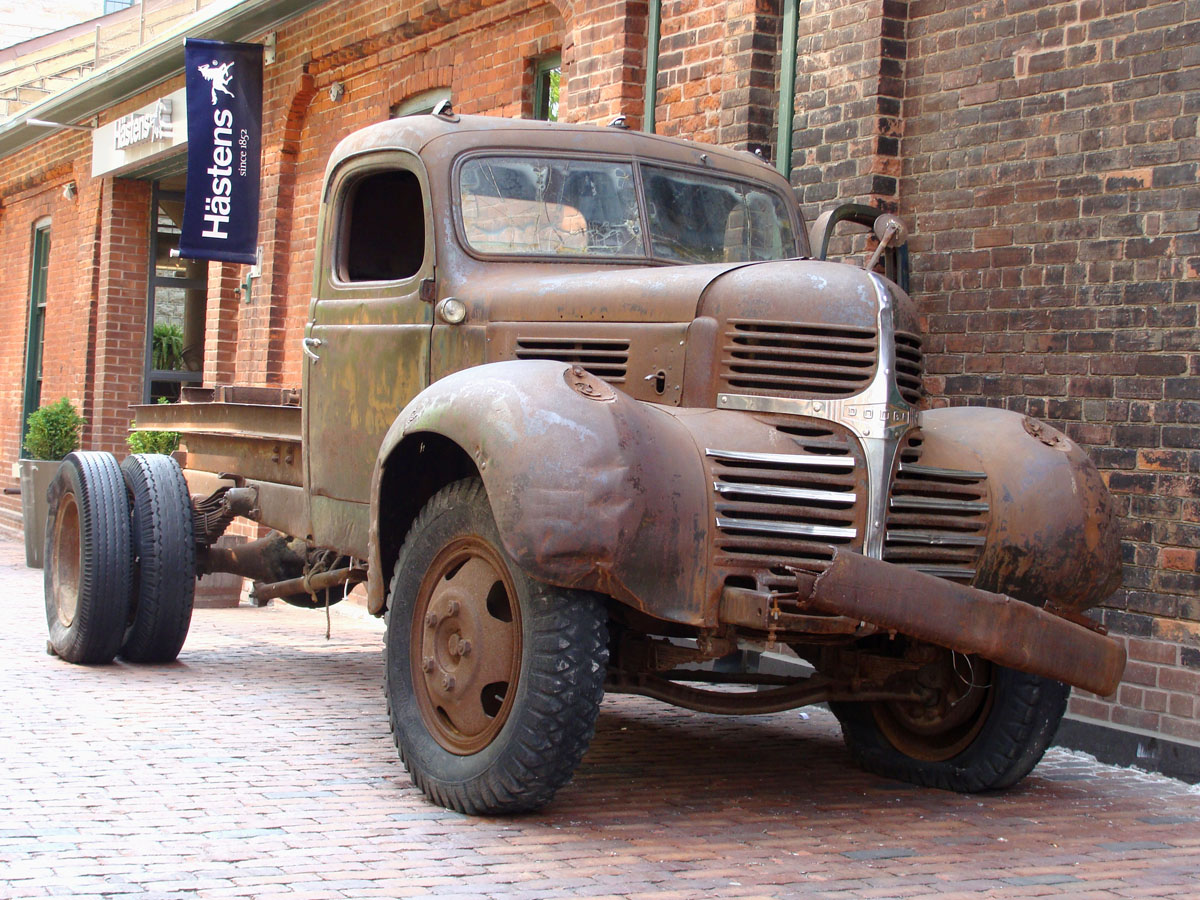

Critical reception Retrospective professional reviews Review scores The electric sets provided a reenergized response to the punk rock revolution and, were in stark contrast from Young's previous, folk-inspired album Comes a Time. The 1978 tour featured an abrasive style of guitar playing influenced by the punk rock zeitgeist of the late 1970s that Young saw as a wake up call for a rock music world which, in his opinion had become predictable and overdone. Audience noise is removed as much as possible, although it is clearly audible at certain points, most noticeably on the opening and closing songs. The electric sets were recorded during the Neil Young/Crazy Horse tour in late 1978, with overdubs added later. I’ll take the living and the healthy." In 1994, Kurt Cobain quoted the lyric in his suicide note. In a 1980 interview with David Sheff from Playboy magazine, John Lennon was dismissive of the lyric and the song's reference to Johnny Rotten for what he interpreted as worship for the dead saying, "No, thank you. The lyrics, "It's better to burn out than fade away", were widely quoted by his peers and by critics. He also adopted Mothersbaugh's lyrics for the title of his album as a metaphor about the hazards of complacency on his music career and the need to keep moving forward. Young adopted Mothersbaugh's lyrics and created a new version of the song with Crazy Horse. During the Different Fur studio session, Devo vocalist Mark Mothersbaugh added the lyrics "Rust never sleeps", a slogan he remembered from his graphic arts career promoting the automobile rust proofing product Rust-Oleum. The B side opens with "Powderfinger," whose enigmatic and evocative lyrics about a family's confrontation with authorities have never fully been explained by Young, and ends with the anthemic "Hey Hey, My My (Into the Black)" with the defiant lyrics, "Rock and Roll can never die." After his final performance at the Boarding House on May 28, Young collaborated with the art punk band Devo on a cacophonous version of "Hey Hey, My My (Into the Black)" at the Different Fur studio in San Francisco. Two songs from the album were not recorded live: "Sail Away" was recorded without Crazy Horse during or after the Comes a Time recording sessions, and "Pocahontas" had been recorded solo in 1976 (original recording without overdubs was released in 2017 on archival release Hitchhiker). The acoustic portions of the album including, "My My, Hey Hey (Out of the Blue)", "Thrasher" and "Ride My Llama" were recorded live in San Francisco at the Boarding House between May 24 and May 28, 1978. Two new songs, the acoustic " My My, Hey Hey (Out of the Blue)" and electric " Hey Hey, My My (Into the Black)" were the centerpiece of the new material.



The concert tour was divided into a solo acoustic set and an electric set with Crazy Horse. The album was recorded in 1978 during the lengthy "Rust Never Sleeps" tour, in which Young played a wealth of new material. The album, along with Young's 1990 release Ragged Glory, has widely been considered a precursor of grunge music with the bands Nirvana and Pearl Jam having cited Young's heavily distorted and abrasive guitar style on the B side to this album as an inspiration. It also included one of Young's most popular and critically acclaimed songs, the enigmatic " Powderfinger". 8 on the Billboard 200 album chart and spawned the hit single " Hey Hey, My My (Into the Black)" that peaked at No. Young used the phrase "rust never sleeps" as a concept for his tour with Crazy Horse to avoid artistic complacency and try more progressive, theatrical approaches to performing live. Most of the album was recorded live, then overdubbed in the studio, while others originated in the studio. It was released on June 22, 1979, by Reprise Records and features both studio and live tracks. Rust Never Sleeps is the seventh album by Canadian American singer-songwriter Neil Young and American band Crazy Horse.


 0 kommentar(er)
0 kommentar(er)
